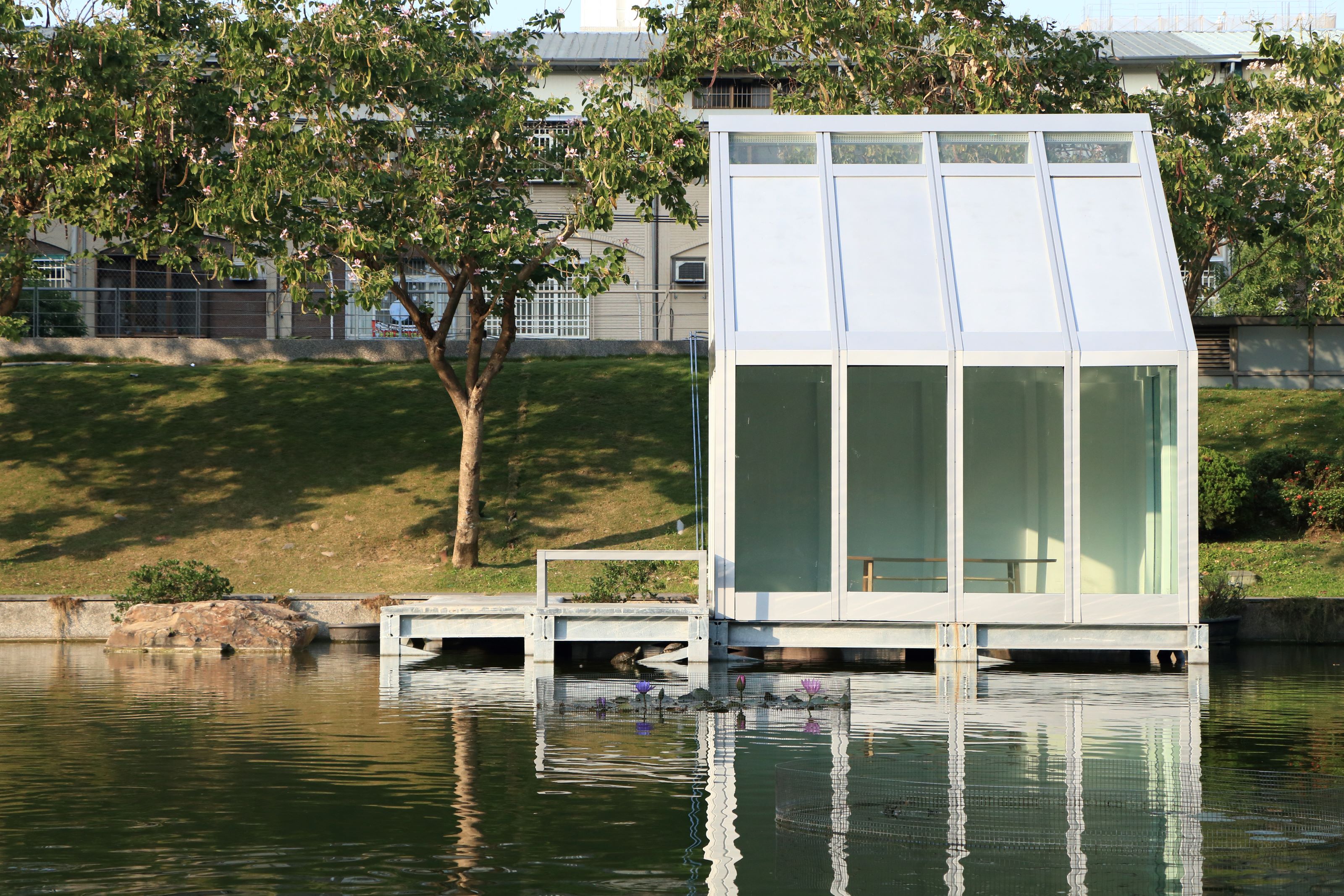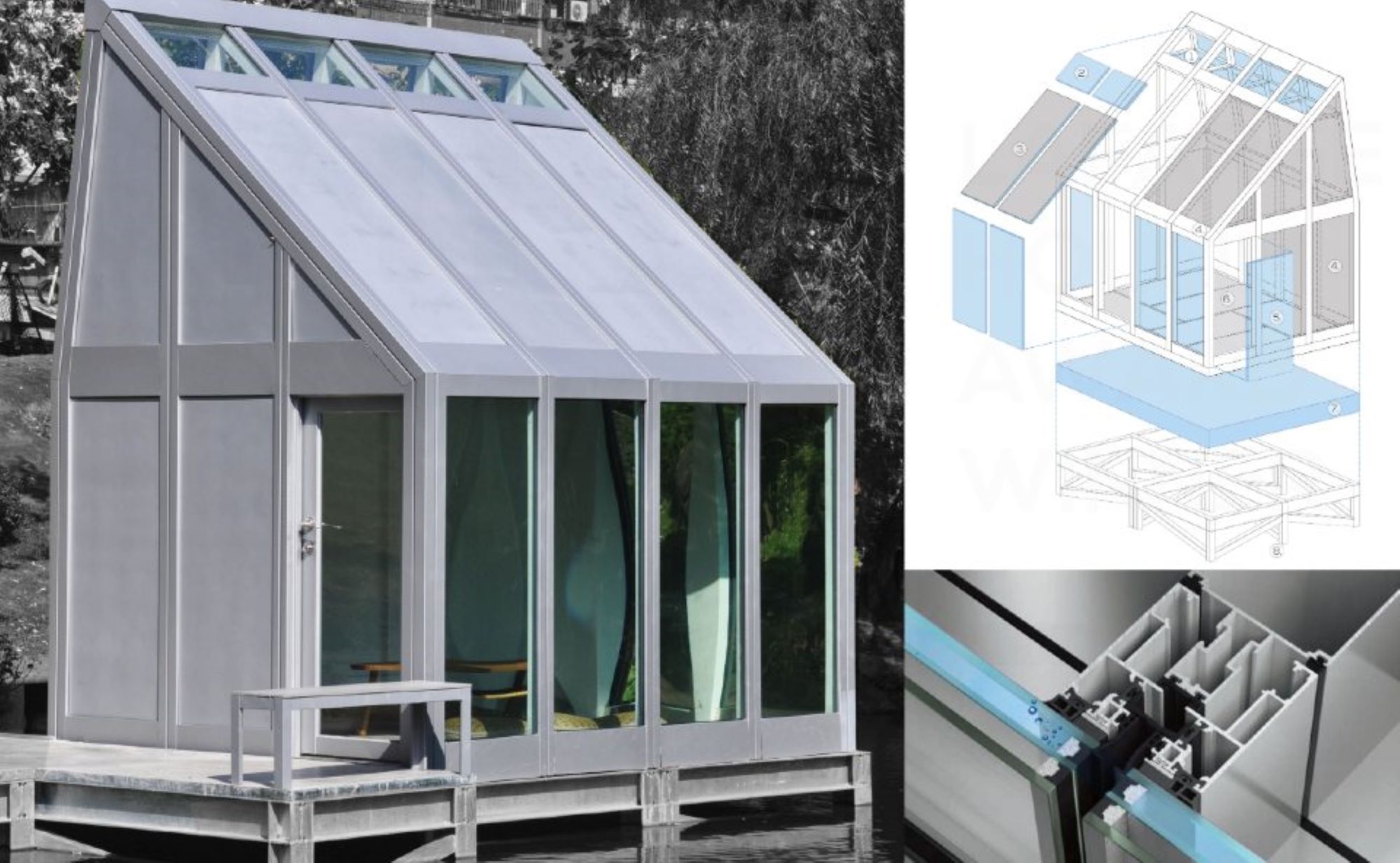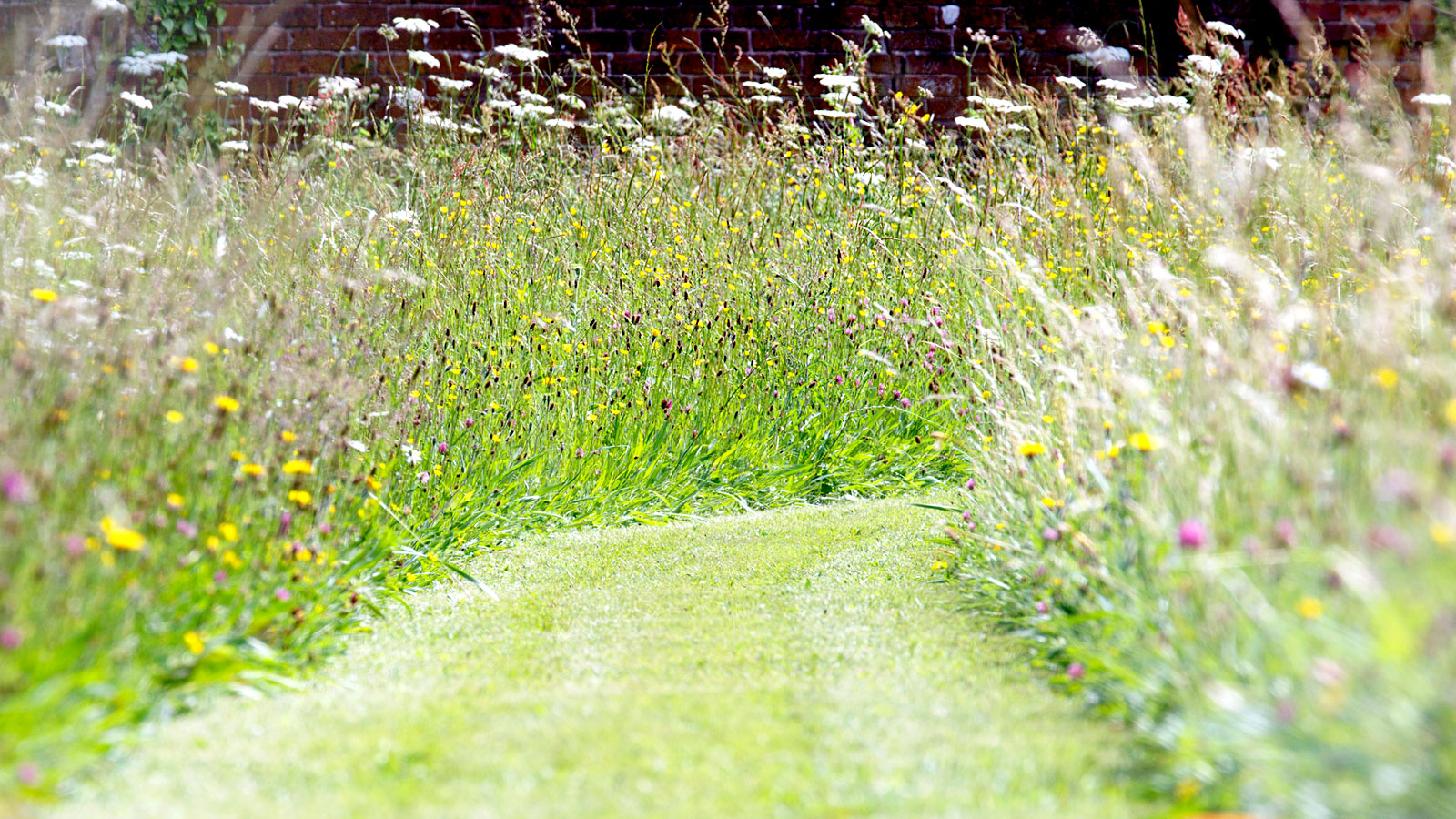Could water-filled glass be the answer to cooling our homes?
British-based company creates innovative windows with water between panes to prevent heat loss, which could lower energy bills and reduce carbon emissions

A new glass that uses water between window panes could potentially improve the energy-efficiency of our homes — absorbing excess heat in the summer and even storing the heat for later use.
Established in 2020 at Loughborough University, Water-Filled Glass Ltd (WFG) aims to enhance the sustainability of heavily glazed buildings using the newly developed technology.
The innovation is being trialled internationally with the hope the technology could be applied to residential buildings to lower energy bills and reduce carbon emissions in homes by naturally keeping homes cool. You can read more on how to prevent overheating in homes in our guide.
Water-filled glass has thin liquid layer to absorb heat
Water-Filled Glass, a British start-up company, have developed a new type of glass with an embedded water layer that uses a innovative approach to insulate homes.
Water-Filled Glass's windows contain a thin layer of water between glass panes, which absorbs heat from sunlight or other radiation, such as heat leaving a room.
The captured heat is then passed through sealed pipes, operating at low pressure, to colder areas within the building.
This can be achieved either through an innovative underfloor system or by directing the heat into thermal storage units.
Get the Homebuilding & Renovating Newsletter
Bring your dream home to life with expert advice, how to guides and design inspiration. Sign up for our newsletter and get two free tickets to a Homebuilding & Renovating Show near you.

During summer the water layer within Water-Filled Glass's windows acts as a shield, absorbing excess heat and safeguarding the indoor spaces.
The benefits could also extend to colder climates, as Water-Filled Glass claims its triple-paned sheets use argon insulation within the outer layer to prevent freezing of the water during winter months.
Additionally, the heat absorbed can be harnessed by the storage system and used when needed, resulting in energy savings.
This is achieved through the utilisation of renewable heat sources or by surpassing the efficiency of conventional heating systems within the building.
Superior insulation compared to traditional windows
This development could provide greater advances to insulation and energy-efficiency in our homes.
The water-filled glass developed by Water-Filled Glass claims to effectively curb solar heat gain when compared to conventional windows, minimising the reliance on air-conditioning in hot climates.
Water-Filled Glass's glass is also designed to provide better insulation compared to standard glass, addressing issues such as overheating during summer and inadequate heat retention in winter.
Based on climate conditions and the window-to-wall ratio of a building, Water-Filled Glass estimates that its technology can provide a 25% reduction in energy bills compared to traditional windows.
With the ability to heat water to temperatures of approximately 40°C, Water-Filled Glass claim the technology integrates with conventional heat pumps or boilers, ensuring compatibility and optimal performance.
Water-filled glass used in two projects so far
The company was founded by Loughborough University architecture lecturer Matyas Gutai and his colleagues Daniel Schinagl and Abolfazl Ganji Kheybari who plan to show the capabilities of their invention in two new projects.
To showcase the potential of their technology, Water-Filled Glass has completed two prototype buildings: Water House 1.0, a cabin in Hungary, and Water House 2.0, a pavilion situated at Feng Chia University in Taiwan.
According to Gutai, WFG empowers architects to embrace extensive glazing without compromising sustainability.
Water-Filled Glass's system uses readily available glass and components, ensuring that it does not significantly increase the carbon footprint associated with construction and the company claim the manufacturing process is straightforward to allow easy installation.

The aesthetics of the window are also claimed to not be altered during the process as the water blends into the window and so is not visible to the human eye.
To ensure the ongoing cleanliness of the water within the system, WFG incorporates an automated monitoring device, with maintenance checks recommended annually.
Water-Filled Glass has also developed a retrofit version of their product. This allows the system to be installed behind existing glazing, eliminating the need to remove and replace windows already in place, providing a convenient and efficient solution.
You can visit Water-Filled Glass to learn more about their projects and upcoming developments.

News Editor Joseph has previously written for Today’s Media and Chambers & Partners, focusing on news for conveyancers and industry professionals. Joseph has just started his own self build project, building his own home on his family’s farm with planning permission for a timber frame, three-bedroom house in a one-acre field. The foundation work has already begun and he hopes to have the home built in the next year. Prior to this he renovated his family's home as well as doing several DIY projects, including installing a shower, building sheds, and livestock fences and shelters for the farm’s animals. Outside of homebuilding, Joseph loves rugby and has written for Rugby World, the world’s largest rugby magazine.
